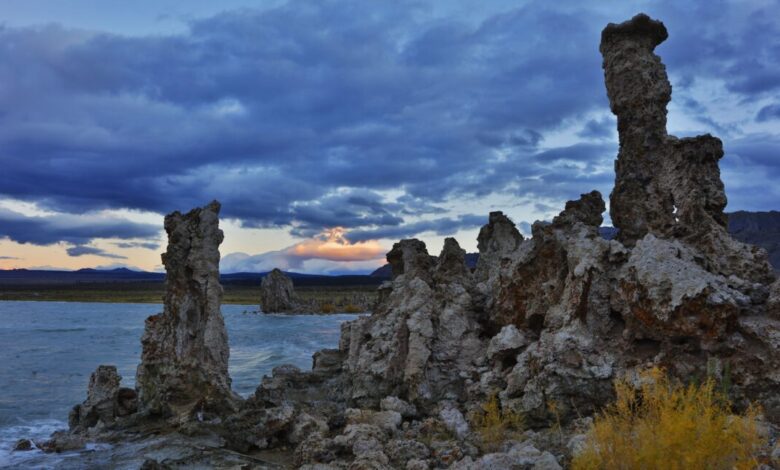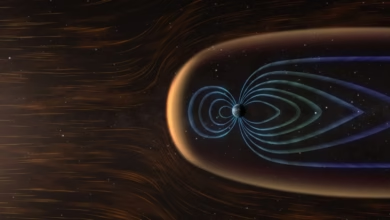Controversial arsenic life study retracted after 15 years

▼ Summary
– In 2010, a NASA-led study claimed to discover a bacterium in a California lake that could use arsenic instead of phosphorus, even incorporating it into its DNA.
– NASA and the study’s lead author, Felisa Wolfe-Simon, heavily promoted the findings as revolutionary for biology and the search for extraterrestrial life.
– Scientists quickly criticized the study, pointing out missing experiments and flaws in methodology when it was published in 2011.
– Critics argued the bacterium’s DNA would be unstable with arsenic, and contamination in the growth medium could explain the results, noting phosphorus levels were much higher.
– Microbiologists and chemists faulted the authors for oversight, with one stating the scientific community shouldn’t have to correct their errors.
The scientific community recently witnessed the formal retraction of a once-celebrated study that claimed to have discovered arsenic-based life, a finding that initially promised to redefine our understanding of biology. Published in 2010 by researchers affiliated with NASA, the paper suggested a bacterium from California’s Mono Lake could replace phosphorus with arsenic in its DNA, challenging fundamental assumptions about life’s building blocks.
The announcement sparked immediate excitement, with NASA declaring the discovery could “rewrite biology textbooks” and reshape the search for extraterrestrial life. Lead researcher Felisa Wolfe-Simon reinforced this bold claim during a press conference, stating the work revealed new possibilities for life beyond Earth. However, skepticism emerged almost as quickly as the headlines.
Experts across multiple disciplines identified critical flaws in the methodology. Chemists pointed out that arsenic-laden DNA would be chemically unstable, disintegrating rapidly in water. Microbiologists highlighted contamination issues, the growth medium contained trace phosphorus, potentially sustaining the bacteria without arsenic incorporation. Critics also noted the team failed to adequately purify DNA samples before analysis, leaving open the possibility of external arsenic contamination.
When the study appeared in Science’s print edition in 2011, it included eight scathing technical critiques. One particularly damning observation came from the paper’s own data, showing phosphorus levels in the bacterium’s DNA were 26 times higher than arsenic, undermining the core claim. Prominent microbiologist Rosemary Redfield publicly criticized the authors for overlooking basic experimental controls, remarking that peer reviewers shouldn’t have to “do the thinking for them.”
After years of controversy and failed replication attempts, Science officially retracted the study in 2023, marking the end of a contentious chapter in astrobiology. While the episode exposed gaps in scientific scrutiny, it also reinforced the importance of rigorous validation in groundbreaking research. The retraction serves as a reminder that extraordinary claims demand extraordinary evidence, a principle that remains foundational to the scientific process.
(Source: Ars Technica)






